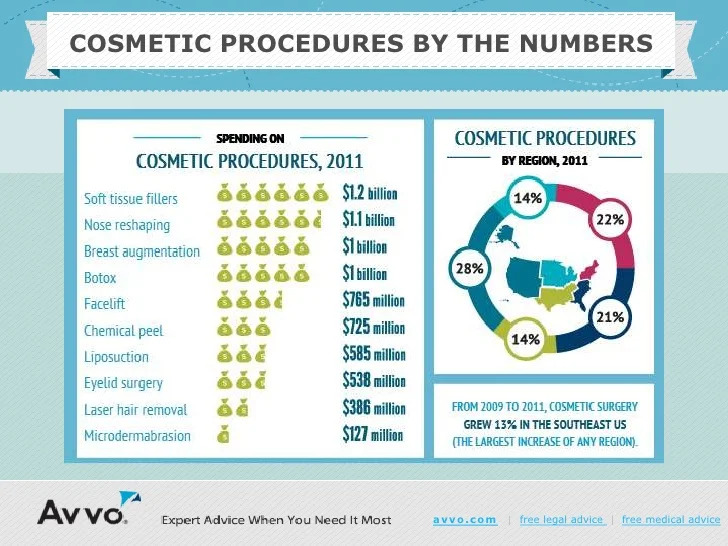Can Acne Get Worse Before It Gets Better
Can Acne Get Worse Before It Gets Better
Blog Article
Acne Marks and Post-Acne Treatment
Acne scars and dark marks can continue to be even after the acne itself has removed. Yet there are numerous all-natural, over the counter and clinical treatments that can minimize their appearance.
Ice pick marks are little indentations that appear like pinpricks; rolling scars have a wave-like look and superficial depth; boxcar marks have clear edges; hypertrophic marks are increased bumps. Therapies consist of skin needling, where your doctor rolls a needle-studded tool over the skin; and medical excision, when a health care professional remove deep marks.
1. Exfoliate
Acne marks fade best when they aren't covered with dead skin cells. Peeling removes the build-up and enables fresh skin cells ahead to the surface. It also makes acne marks much less recognizable.
A skin specialist can advise exfoliation methods for your certain skin kind. Dry skin may take advantage of peeling with scrubs or other mechanical techniques, while oily skin might need a chemical peel. Those with darker skin tones require to be careful utilizing more powerful chemical treatments, as they can trigger dark spots and sensitivity.
If you have acne marks, stay clear of picking or squeezing at them, which can make them even worse. Inflammation triggered by irritability enhances the opportunity of scarring. Picking can leave ice-pick scars, which are narrow impressions with a point at the end. You can also get boxcar marks, which are indentations with larger sides. You can also develop hypertrophic or keloid scars. These are increased bumps of mark cells that can be itchy and agonizing.
2. Hydrate
After completing your acne therapy, keeping skin clear and healthy needs a regular skin care routine that secures from outbreaks and reduces post-acne marks. This includes a gentle cleanser and moisturizer, non-comedogenic products that do not obstruct pores, and preventing foods that irritate skin or trigger acne flare-ups.
Using a lightweight, non-comedogenic moisturizer with ingredients like hyaluronic acid and glycerin can help moisten skin while likewise boosting skin structure and promoting recovery. Try to find a product that is formulated without scent or parabens.
An item that targets remaining acne marks with ingredients such as skin-brightening tranexamic acid and bakuchiol can boost dark areas or uneven tone brought on by swelling. It carefully resurfaces the complexion while smoothing harsh and textured areas. An item that incorporates a retinoid and a plant-based retinol option can also boost the look of much deeper scars while all at once targeting existing acnes and avoiding future outbreaks.
3. Conceal
Once your acne marks heal, you can conceal them with make-up and a concealer. Just see to it you're only applying the item over scars that are completely healed (not fresh ones), says Sotomayor. After that, finish your appearance with a strong lip color or declaration smoky eye shadow for maximum influence.
When it concerns choosing a structure or tinted cream, it is very important to pick one that is noncomedogenic and oil-free. This will certainly assist maintain your skin clear and stop the clogging of pores that can cause new outbreaks.
The same goes for picking a concealer. Search for a formula that supplies complete coverage yet still really feels lightweight and blendable on the skin. Additionally, when hiding imprints from acne scars, it's a great idea to discover a color that matches your all-natural complexion (instead of a color lighter or darker). This will aid conceal the indents better. This nourishing balm is a superb option for lightening up and lightening post-inflammatory hyperpigmentation, which can be triggered by acne or other inflammatory skin problem. It contains moisturizing panthenol, softening shea butter and strengthening peptides that minimize redness and flaky texture.
4. See Your Skin specialist
The scars that create from severe acne commonly need therapy by a physician or skin doctor. Before that can take place, though, an individual must have their acne controlled. This consists of not picking or pressing acne places, and using mild cleansers and water-based non-comedogenic items that won't block pores.
If pharmacy cleansers and spot therapies aren't clearing your skin, routine a consultation with a dermatologist. The skin specialist can advise other therapies that aid clear your skin without drying it out or annoying it.
A skin doctor can also massage treat various other sort of post-acne marks, including dark areas that are a sort of hyperpigmentation called PIH (post-inflammatory hyperpigmentation). A topical retinoid like adapalene can visibly lighten these marks and fade them promptly. For other kinds of marks, the doctor can suggest a much more extensive treatment. This might consist of microdermabrasion or chemical peels that are done right in the office. Depending upon the extent of your scars, these treatments may require to be duplicated.